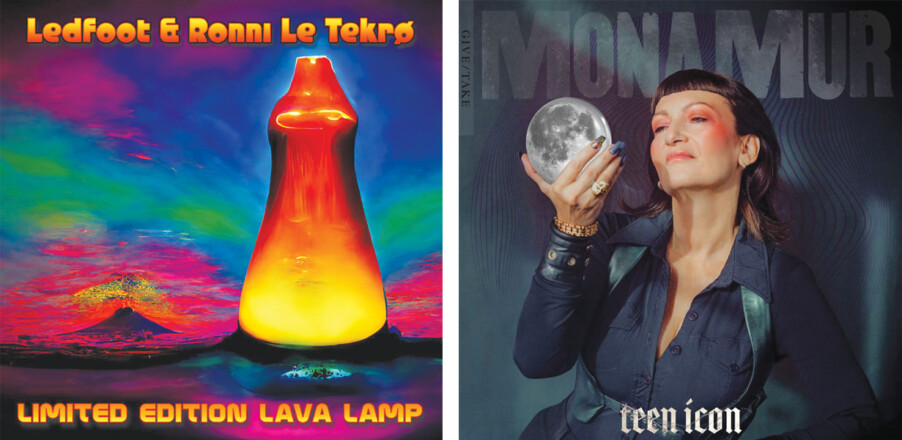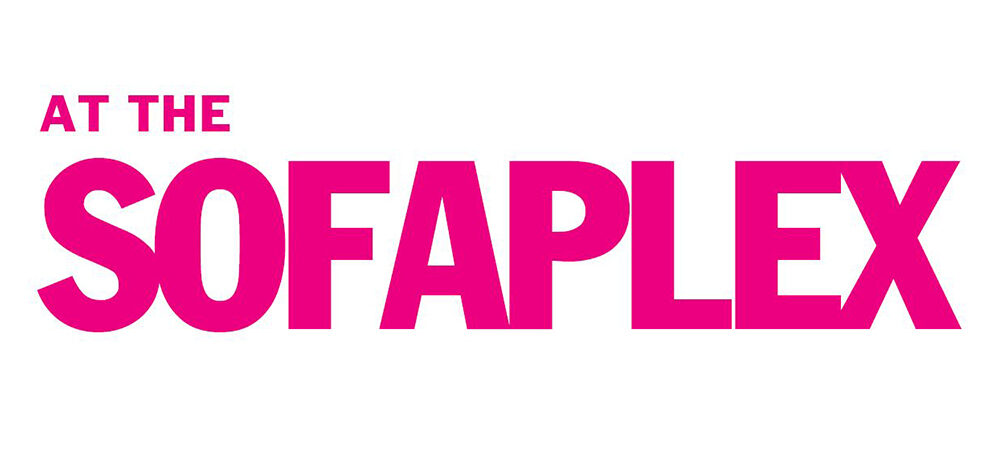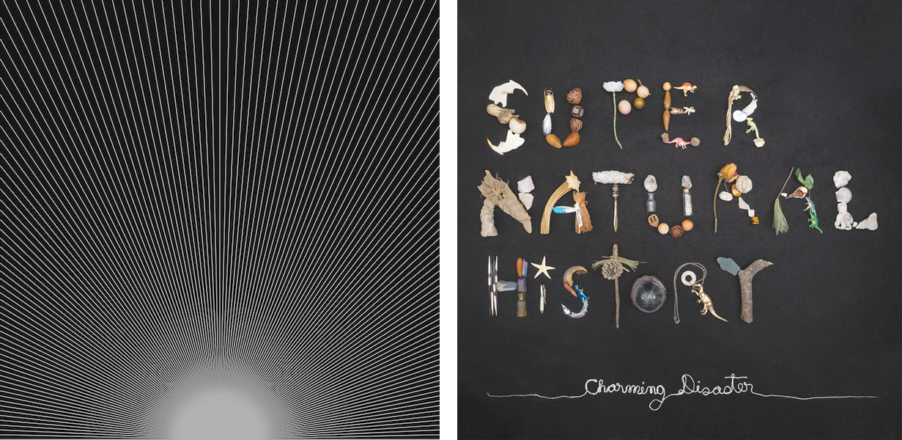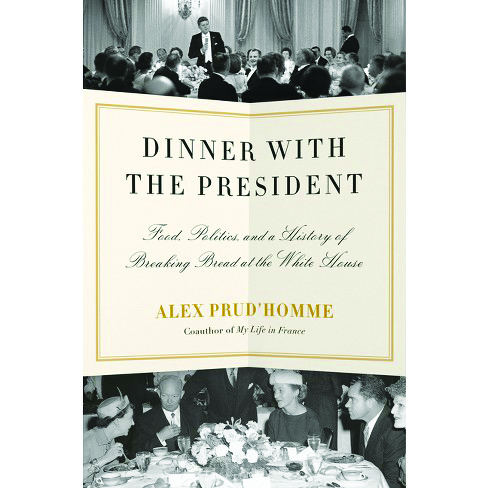Mona Mur, Teen Icon (Give/Take Records)
Having kicked off her rebelliously edgy career during the punk explosion of the ’80s, this German-born sort-of-icon has, through the years, collaborated with such artists as FM Einheit, Marc Chung and Alex Hacke of Einstürzende Neubauten, which places her in the position of fronting as an early prototype of Zola Jesus, or a female aggro-industrial William Shatner, take your pick. She put out an album called Snake Island last year, which had some good S&M club vibes, not that it takes a huge amount of talent to cobble together something that sounds Rammstein-ish, and that takes us to now, and this two-sided single, wherein she covers two songs, Nirvana’s “Smell Like Teen Spirit,” and Siouxsie And The Banshees’ “Icon.” Just quickly, the latter tune goes down easier than the former, as the slowed-down “Teen Spirit” is about two minutes too long. The Siouxsie tune works better, what with its being buried in effects. This is a novelty record for goths, basically. B
Ledfoot & Ronni Le Tekrø, Limited Edition Lava Lamp (TBC Records)
I had Ledfoot (a.k.a. Tim Scott or Footless), an American singer-songwriter and 12-string guitarist who’s had tunes covered by Bruce Spirngsteen and Sheena Easton, confused with current Lynyrd Skynyrd guitarist Rickey Medlocke, mostly because they look quite alike, scrawny, older scarecrow dudes with gray hair. Meanwhile, Le Tekrø is the Norwegian guitarist who founded the hair-metal band TNT. I was expecting a lot of blues-rawk that was long past its sell-by date, but no, apparently what brought these guys together was a love of Dire Straits, or maybe Stealers Wheel, seeing as how this record’s opening track, “Little Rosie,” brings a vibe that’s as close to “Stuck in the Middle with You” as anything I’ve heard in, well, ever. I mean, this is a mixed bag of vintage AM radio stuff, with “Crying’” checking in with a sound that combines Willie Nelson with Roy Orbison. A valiant effort, and I’m sure they enjoyed themselves. A
Playlist
• A whole wagonload of CDs will hit your stores and pirate radio stations this Friday, March 3, so beware the Ides of March, as we enter into literally the worst month of the year, with its teaser warm days that suddenly turn into “one last howling blizzard” that’re always followed by 10 straight days of rain, sleet, grayness, and the realization that you didn’t have enough money to pay all your February bills, and so you eat nothing but Beefaroni for a few weeks and everything feels hopeless and then suddenly the Easter Bunny shows up and you heave a sigh of relief, knowing that it’s just about warm enough to say “who cares about rent anyway” and pack a knapsack and go live under the Interstate 93 overpass.
You know how it is, am I right, but meanwhile there are albums to mention, like Ignore Grief, from Xiu Xiu, the three-person California-based experimental art-rock band whose oeuvre is up to 13 albums now, as of this one, which is the band’s first sine 2021’s Oh No, a record made up entirely of weird duets, for whatever reason. Anyhow, they have a new band member as of now, namely David Kendrick, who was formerly with Sparks and Devo, which is probably why he looks as old as Santa Claus. But never mind that, let’s see if I can tolerate more than a minute of the teaser single “Maybae Baeby,” I doubt it but let’s just see. OK, this is just noise nonsense, a bunch of clanging wind-chime things or whatever, all while some lady recites some deconstructionist manifesto about how everything is sooo confusing and awful. I’d expound further on all this, but my stomach’s had about enough of it for today.
• OK, very good, so next up is The National Parks, with their fifth album, 8th Wonder. This American folk-pop band is from Provo, Utah, a slightly underrated city that’s known for — well, Mormonism and a few pockets of enthusiastic anarchists to balance things out. For the last couple of years the band has gone in a more pop direction, but meanwhile they also embarked on a “Campfire Tour” in which they played intimate shows in small venues, all to prove that they haven’t made up their minds as to what they want to be when they grow up, or some such. Right, so I’m listening to the title track from this new album, and it’s very light and wimpy, like if Guster were possessed by Ben Kweller. It has all the rebellious antiestablishmentarian gravitas of the Brady Bunch Band, but that’s OK, because we can always use a band that begs to be ignored.
• Kali Uchis, a Virginia-born R&B-reggaeton-whatever diva whose real name is Karly-Marina Loaiz, is releasing her third full-length on Friday, Red Moon In Venus. Uchis guested on a couple of Gorillaz songs on their 2017 Humanz album, and her second, Sin Miedo, album did pretty well. The new tune, “I Wish you Roses,” would fit in fine in your Spotify between Lana Del Rey and Mitski; it’s OK overall.
• We’ll close with — good grief, what even is this, Daisy Jones & The Six is a fictional band in a real TV show of the same name, about a Fleetwood Mac-style band in the 1970s, except there’s a real album out, called Aurora, which has a plodding, maudlin single titled “Another Love.” The dude singer sounds like Peabo Bryson a little. Have fun with this nonsense, haters of good music.
If you’re in a local band, now’s a great time to let me know about your EP, your single, whatever’s on your mind. Let me know how you’re holding yourself together without being able to play shows or jam with your homies. Send a recipe for keema matar. Message me on Twitter (@esaeger) or Facebook (eric.saeger.9).






